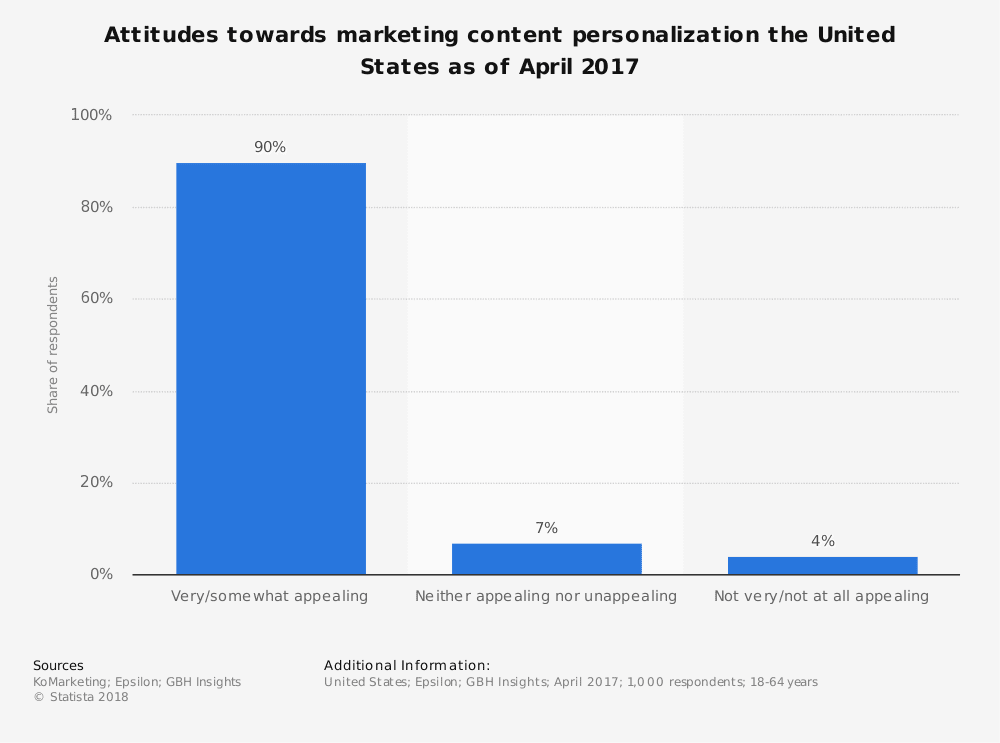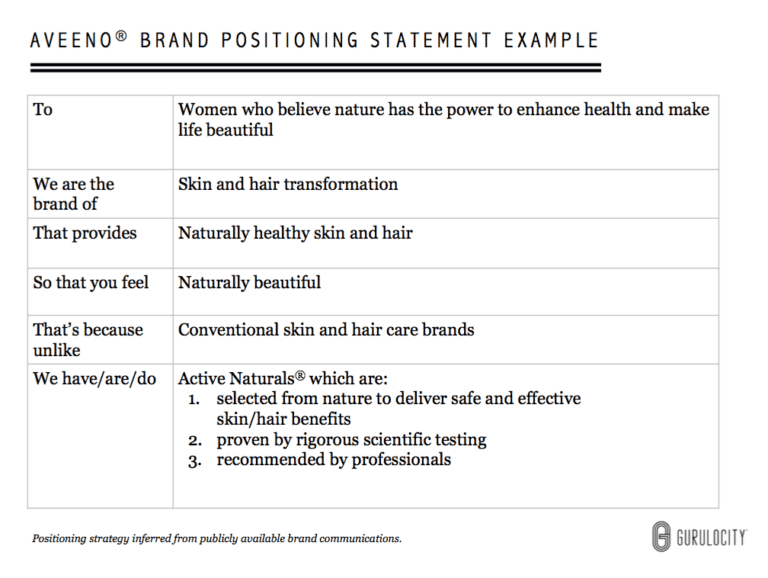Identifying your target market is an essential part of advertising your products and services. Tailoring your marketing efforts to a defined group of people will enable you to communicate with and attract customers that are genuinely interested in what your company is offering. Too often, small businesses waste time and money advertising to large, undefined groups, and end up getting lost among the thousands of digital ads people see every day. It’s important to know whose problems you’re aiming to solve in order to understand how to reach them.
What is a Target Market?
A target market is a group that your company serves with its products or services. This group is made up of the customers who are most likely to need what your company has to offer. Because these buyers are more likely to purchase from your company, you should focus your marketing efforts on communicating with them. Your digital marketing strategy and the tools you use should be based on the unique elements of this market. For example, you’re more likely to get through to a target market of teenaged girls if you use social media platforms like Instagram and TikTok.
Why is it Important?
Marketing directly to your buyers is more efficient and effective than marketing to everyone. If you run a small business, you probably have a general idea of your target market. However, it’s important to have a specific understanding of who your customers are and what they value. Otherwise, you risk losing these customers to your competition. If you know who your target market is, and how to reach them, you can increase your sales and build brand loyalty.
The graph below illustrates overwhelmingly positive general attitudes amongst American consumers towards personalized marketing as of the last few years.
Determine What Problems Your Business Solves
Before you can identify your target market, you need to have a clear idea of what customer problems you can solve. For example, a company that offers website development services offers a professional brand image. A professional image will increase trustworthiness and make for a better user experience for customers. A better website will ultimately lead to more sales. Once you know what problems you can help with, you can identify which people might have these problems.
Once you’ve identified the problem, consider the following questions:
- Is the problem common?
- Is the problem urgent?
- Will people pay to have this problem solved?
If the answer is yes to all of these questions, your business is offering a valuable solution.
Identify Your Competition
Do some research and identify some other businesses that offer similar services to your own. What are the benefits of choosing your company over the others? Being able to offer a unique solution will set your business apart.
Figure out which of your competitors are most successful. What social media channels do they use? How do they interact with their customers? Learn from your competition and adopt the most effective elements of their strategies.
Conduct Customer Research
The best place to start is by examining your current customer base. Look for common threads. Try to gather some information on the following:
- Age – Many businesses garner more interest from certain generations than others. For example, if your business involves a smartphone app, your customers might mostly be Millennials or Generation Z.
- Location – You can use analytics and tracking tools to determine where your web traffic is coming from. If you run a smaller business, you might have a base located mostly within close proximity to your brick-and-mortar store. You may also find that you have a lot of interest from other regions that you haven’t been focusing on.
- Occupation/family status – Some businesses serve specific occupations. For example, if you sell scrubs, your customer base is probably made up of nurses and doctors. Others might be tailored to people with babies or children.
- Interests – You might offer products for people that have a specific interest. If you sell gardening tools, it’s safe to say your target market is made up of people who are interested in gardening.
- Gender – While not the most important thing to consider, gender can play a role in defining your target market. If you’re selling something like women’s shoes, your customer base is probably mostly composed of women. However, it’s important to note that gender isn’t always binary, and therefore is not easy to categorize. You don’t want to leave out any potential customers by basing too much of your imagery and messaging on this.
Ask your customers to fill out surveys. Do some research on the people who interact with your business most on social media. Take the time to speak with and learn about them. Most likely, you’ll be able to see multiple common threads amongst them, even if your customer base is diverse.
Get Specific
Now that you know what your current customers look like, and what qualities they have in common, you can start to pinpoint your target. Using psychographics can help you really understand your customers’ personal characteristics, including:
- Personality
- Values
- Lifestyles
- Behaviors
- Attitudes
How will your product fit into your target’s lifestyle? How does it align with their values? What types of media do they use for information? Understanding the way your customers think can help you get even more specific with your marketing efforts. You can use this information to get to know them better and communicate with them more effectively.
Create a Target Market Statement
Once you have a specific idea of who your customer is, it’s helpful to develop a target market statement. This should outline the most important and common qualities you’ve identified in your customers. Think about what your product can do for them, why they should use it, and what specific values it appeals to. For example, take a look at Aveeno’s brand positioning statement:
This statement outlines who Aveeno is targeting and how their products can help them. It also addresses what sets them apart from the competition and what defines them as a company. Knowing what makes your business better than the rest will help you convey that to your customers. Making a target market statement can help you distill all of the information you’ve collected and identify the most effective ways to communicate with your customers.
In Conclusion
Identifying your target market will help you tailor your marketing efforts to groups that are actually interested in what you’re offering. This way, you can focus on the digital marketing tools that will lead to sales for your business. Mass marketing can cost you a lot of money without resulting in sales. Knowing who your customers are can help you communicate with them in ways that they personally find valuable. Ultimately, defining your target market can lead to increased sales, a stronger brand reputation, and a better understanding of your business and what you can offer your customers.



